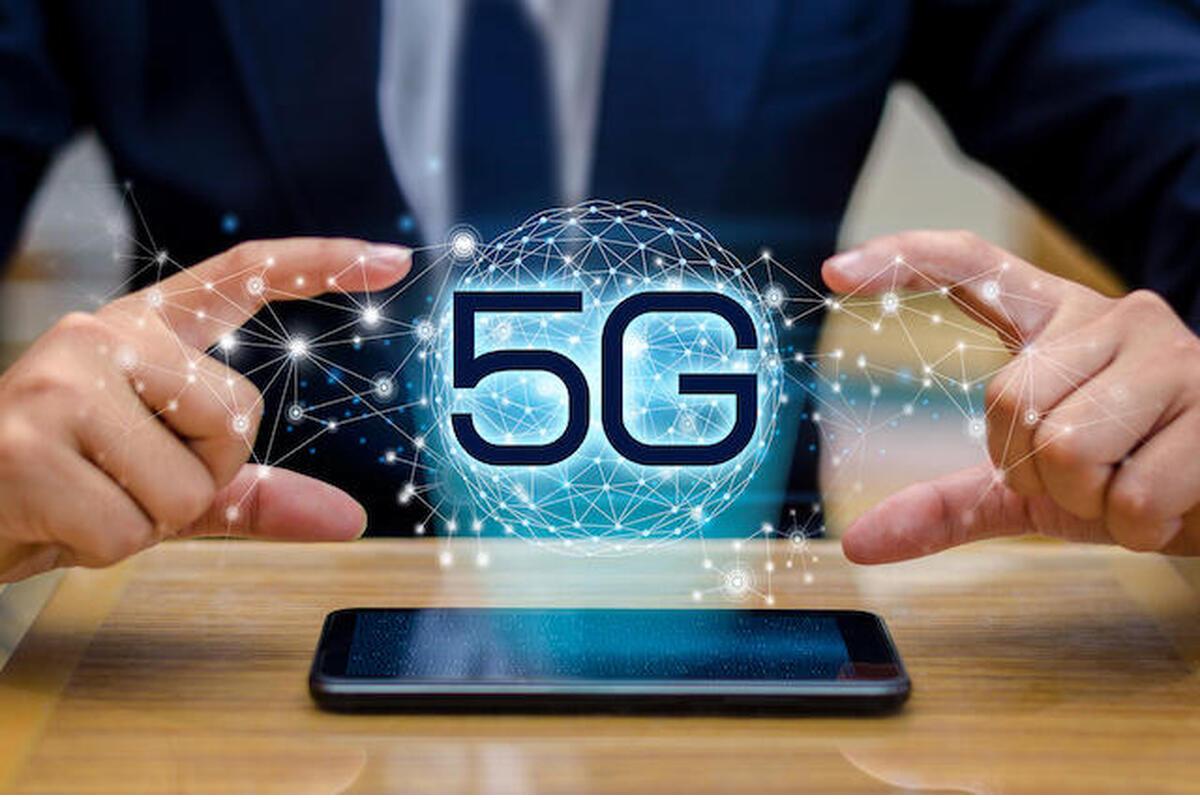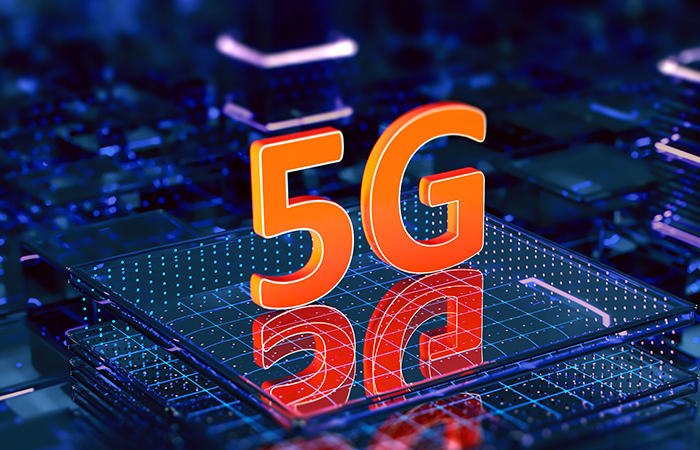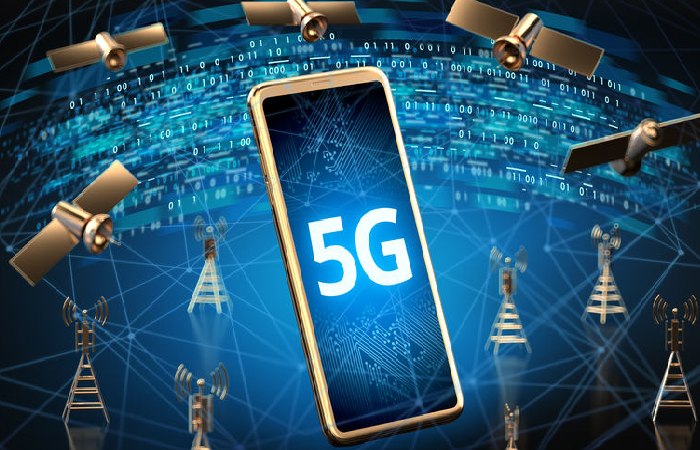Get into 5G technology

You may have heard all kinds of hoaxes about 5G technology lately (the most talked about are denied here).
The successor to 4G refers to the fifth generation of cellular technology, which significantly improves the advantages (bandwidth, latency, capacity of connected devices) of mobile Internet access compared to previous generations.
Its properties make it a key element to accelerate the digital transformation of society and the economy.
Table of Contents
Features
5G features a smaller wave interface that allows more devices to be used within the same geographic area.

For example, 4G can support around 4,000 devices per square kilometer, while 5G will support around a million.
With this structure, it will be possible to have many other devices operated reliably, safely, and without interruption in the same area.
This clears the way for new uses, such as the so-called Internet of Things (IoT).
In addition, much more significant amounts of data transfer, a 10x faster connection speed than the current one, and something very relevant for the entire tech sector: latency improvements.
What does it mean? It takes less time to transfer data from your device to website servers or other online services.
Development
In our country, this technological paradigm supports by the National 5G Plan, which outlines the strategy set by the government for the adoption of 5G this year.
The document includes: an introduction to 5G technology; the management and planning of the radio spectrum;
Its promotion through pilot projects and support for R + D + I; regulatory aspects; international coordination and cooperation. And a roadmap and key actions.
The coronavirus crisis has resulted in the postponed planned deadlines, with October being the key month in which the introduction of the 700 MHz band with 5G ends.
In addition, the tender for this belt will take place in the first quarter of 2021.

This tender will be the phone companies that will monopolize the bandwidth to offer their 5G services in the new cell phones that are available in the market and already can benefit from this new technology.
It must be that 5G can already use in some areas, but it is still too early to make it available in locations outside the urban centers and to be able to offer it to all operators.
Conclusion
Finally, it should be well-known that this technological advance means an improvement in industrial and business processes of all kinds worldwide and makes our everyday telecommunications easier at the consumer level.
To understand 5G, it helps to understand what was before. In general, the first generation of cellular technology, 1G, focused on voice.
The ability to use a phone in the car or elsewhere has really caught on here. With the advent of 2G, a layer of short messages was introduced, some of which can still be seen in today’s text functions.
The switch to 3G provided substantial network speeds for smartphones. And 4G, with its incredible data transfer rates, has spawned many of the connected devices and services that we trust and enjoy today.
This is all predicated on work we began years ago to “densify” our 4G LTE network with small cell sites in high traffic areas—places like shopping centers and college campuses, as well as downtown areas.
5G is still a cellular broadband technology and is a network of networks.
MNOs’ expertise and knowledge in building and operating networks will be crucial to the success of 5G.
Beyond providing network services, MNOs will be able to develop and operate new IoT services.
Implementing 5G networks while keeping 3G and 4G networks operational will likely trigger a new challenge for MNOs regarding the ability of frequencies in the spectrum.
MNOs will need to operate a new spectrum in the 6 to 300 GHz range (typical 5G bandwidth),
which means massive network infrastructure investments.
To reach the 1ms latency goal, 5G networks imply connectivity for the base station using optical fibers.
5G networks are planned to support virtual networks
such as low power, low throughput (LPLT) networks for low-cost IoT on the cost savings side.
Unlike today where LORA networks address that need separately from 4G.
